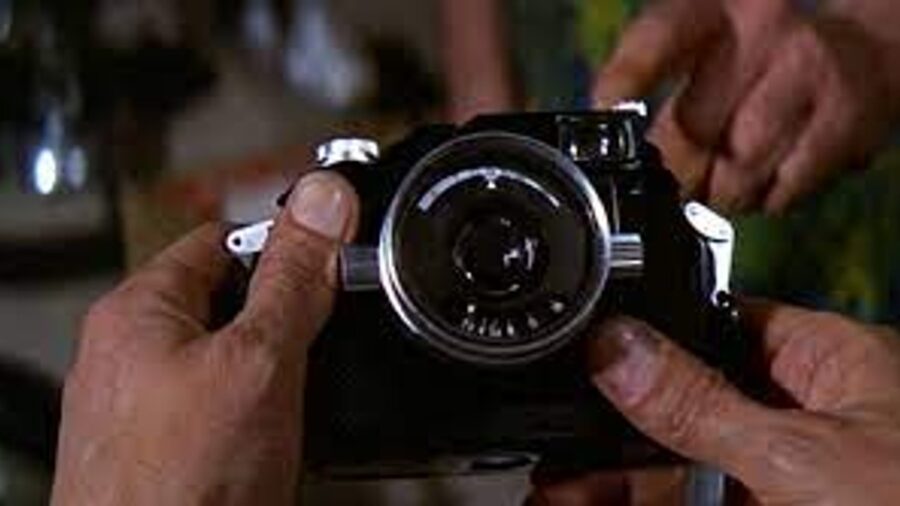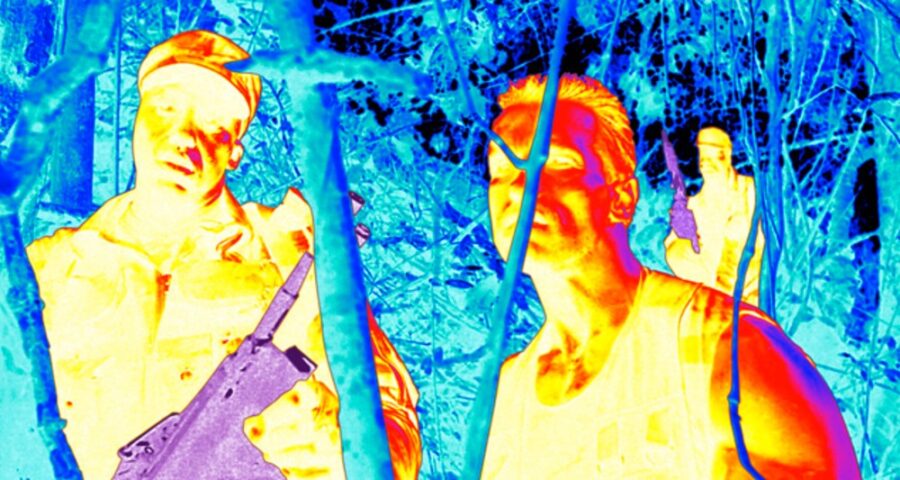Thermal Cameras Are About To Become Available To Everyone
A breakthrough with thermal cameras will make them accessible and affordable for everyone.

Thermal cameras sound like spy stuff, but a team of researchers at Flinders University has developed a polymer that can be used to make infrared lenses that are far more affordable than current thermal imaging technology. Researchers Samuel Tonkin and Justin M. Chalker write in Tech Xplore that their team has solved two problems that have always been part of thermal imaging technology: expensive materials and energy-intensive production.
In general, thermal cameras rely on specialized lenses that help them translate heat signatures in infrared wavelengths into colors of visible light. Most lenses are unsuitable for this task because the glass and plastics in their production absorb infrared radiation. This normally requires the use of costly substances that can be difficult to find or manufacture.
Typical lenses in thermal cameras use materials like zinc selenide or germanium. Not only are these challenging to produce but also to sustain. Additionally, zinc selenide has components that are hazardous and even toxic to humans; germanium is rare to find and not abundant.
We’ve seen thermal cameras in pop culture for decades, usually in spy movies, where they’re routinely used to track movements. It seems any time someone wants to find a person in a dark place or hone in on a weapon they can whip out their thermal imaging tech and get the job done. But the Flinders University researchers point out that there are many other, much more practical uses for infrared technology.
For example, thermal cameras have medical applications which can be greatly beneficial. They can be used as a non-invasive way to detect tumors because tumor tissue tends to be warmer than the surrounding tissue and could show up in a thermal imaging scan. This is because the tumor tissue tends to have a higher metabolism than normal tissue.

Thermal cameras also have many applications in astronomy and the exploration of space. The James Webb Telescope, for example, uses thermal imagery to take infrared images that are showing us more of what’s out in the universe than we have been able to see before. This is because the dust clouds than normally block light at great distances allow infrared wavelengths through, meaning scientists can detect planets, stars, and even galaxies through interference that would otherwise obscure their view.
The researchers also point to other, more everyday uses for thermal cameras, such as allowing self-driving vehicles to better pick up on the presence of motor vehicles, animals, and humans in heavy fog or poorly lit nighttime conditions. They also suggest that drone imaging—used in disasters such as building collapses to find survivors—could be improved with the technology. It could even provide an affordable way for farmers to check on their crops, providing more information in their crops’ health and the effectiveness of their irrigation systems.
The lightweight lenses these scientists have developed could provide thermal cameras that could be installed in electronic devices like computers and smartphones. They could also be used in smart homes and home security systems, not to mention improved fire detection and alarm systems. There are countless possible applications that, for all their practical and altruistic intentions, might one day end up making you feel like James Bond.












